The training school The planned, the unplanned, and everything in between was held in the cities of Tirana and Kamza, as a fieldwork event of the COST Action Writing Urban Places on March 24, 30-31 2023. As the title suggests, the aim of this training school was to understand more and reflect upon two major concepts that have played an essential role in the formation of these two cities: the planned and the unplanned, and to potentially challenge this dichotomy. The professional way of planning the city is often understood as an organised arrangement from the top, showing a vision, a projection towards the future of an urban area. This is a technical but also political procedure, usually reflected in documents and maps, signed and agreed upon in between the professionals and officials in power. There are different levels of how much a city is regulated, and Tirana, like every city, has its particular relationship with incorporating planning in its formation. The professional planning in the city was mainly imported and is relatively recent starting from when the city was declared a capital in 1920. Nevertheless, beyond the need to regulate and facilitate livability of a built environment, planning is often related to the idea of control, over a certain territory, over the bodies that populate it, and over the activities they do. During this training school we saw how in Tirana the need for planning has come along with the need from the top for a certain political ideology to express its face in the city. We also noticed how there is a resistance to centralised forms of planning the city, and how the unplanned has always remained part of spatio-temporal activities in the city. Kamza, on the other hand, is a city created during the last three decades of transitioning from the totalitarian regime, when there was a wave of migrants from the north-eastern part of Albania. Developed in times of anarchy, when the state was absent, it is known for its autonomous character, often seen, portrayed, and stigmatised as a sort of wild urbanism outside the boundaries of the discipline of urban planning. When having a closer encounter with Kamza one can actually understand that what is usually understood as unplanned, is often a co-planned or a semi-planned process of creation; a common endeavour based on relationships of kin, family, and community.
During the training school, we looked into these two polarities, on the one hand Kamza with its autonomous character and on the other Tirana, the epitome of a perpetual desire for planning and order coming from the top. Both Tirana and Kamza are now going through the pressure of a neoliberal state and market. We reflected on the centre-periphery tension between these two polarities, the way this tension is created, maintained and even politically used. We also looked into how communities resist planning implementations that are currently going on, often associated with demolition, displacement and gentrification.
With this training school, we considered the concept of the unplanned and the informal as not doing justice to the formation process and character of these urban realities. These terms have been used with a negative connotation to keep entire communities understudies, outside of disciplinary knowledge and attention, but also of political rights. This fieldwork event was an invitation to employ embodied methods of exploration in order to understand and interpret these urban realities through collecting local stories that would help subverting and going beyond mainstream dichotomies of planned-unplanned, formal-informal, centre-periphery, regulated-anarchic, top-down bottom-up, and so on. Instead of focusing on the unplanned and informal, we employ the notion of commons and commoning as a theoretical key to understanding these realities.
We employed three main themes: embodied explorations, commoning practices, and material unrest. We visited and observed areas where the so-called unplanned construction practices have been well accepted and integrated into the urban setting, and areas where they are in the process of being erased.
We experimented with walks and ethnographic film as research-creation methods to explore these areas of interest in the cities where we were able to reflect on the theoretical themes. We walked in groups of 4-5 in designated areas in these cities where we explored the spatio-temporal urban situations encountered during these walks, and documented them in video-recordings that were later edited into short films. All the raw materials collected in the form of video-recordings will be part of an archival contribution to document the current conditions of the explored urbanities.

Fig 1- First day online meeting of the training school
The first day (online) was organised in three sessions. During the first session, presentations and discussions aimed to give an introduction of the two cities in relation to the topics to be explored during the training school. This session started with welcoming words by the organising team of the training school, to continue with an introduction of the Writing Urban Places Cost action by Klaske Havik, and an introduction of the theoretical concepts, of the methods of the training school and the two cities of Tirana and Kamza by Dorina Pllumbi. To conclude the session Denada Veizaj and Gjergji Islami, associate professors of the Faculty of Architecture and Urbanism of UP Tirana gave a lecture entitled Under Pressure. During this lecture they shared their research on the practice of doing architecture during the communist regime in Albania.

Fig 2 – Lecture Under Pressure, by Denada Veizaj and Gjergji Islami, Associate Professors of the Faculty of Architecture and Urbanism, UP Tirana
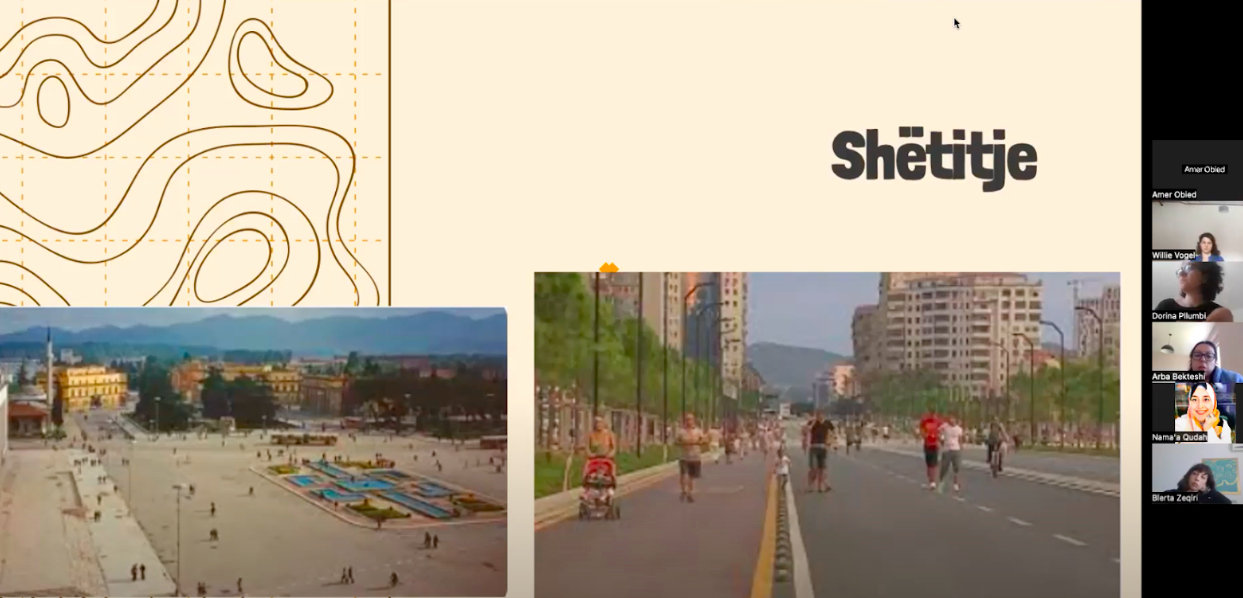
Fig 3 – Presentation on walking the city as a method of embodied exploration, by Arba Bekteshi, anthropologist.
The second session was dedicated to the methods of research-creation employed during the training school. Anthropologist Arba Bekteshi shared her theoretical references and experience of doing psychogeography walks in Tirana. Diana Malaj, a PhD researcher and activist, shared the activity of Grupi ATA in Kamza. She showed their political acts in the city through improvised theatre performances, their yearly Laboratory of Urban Anthropology, as well as their activities of legal and eco-activism. Nebi Bardhoshi, Professor and Head of the Institute of Cultural Anthropology and Art Studies, which has extensively collaborated with Grupi ATA in their activities, shared as well the ongoing research on a new Ethnographic Urban Atlas focussed in Tirana, Kamza, and Durrës. The session followed with the presentation of Blerta Zeqiri and Eroll Bilibani, two filmmakers from the well-known film festival Dokufest that for more than 20 years is held yearly in the city of Prizren, Kosovë. They gave their practical advice to prepare the participants for their shootings during the fieldwork. To conclude the session, Willie Vogel, architect and researcher at TUDelft, shared the experience of doing a film in Tirana and Kamza during her STSM on the topic of material unrest.

Fig 4 – Diana Malaj, PhD researcher and activist, sharing the activity of Grupi ATA in Kamza.

Fig 5 – Nebi Bardhoshi, Professor and Head of the Institute of Cultural Anthropology and Art Studies
During the third session of the online day Tom Avermaete, Professor and Head of the Chair of History and Theory of Urban Design at ETH Zurich, gave a lecture entitled Commons and Commoning as a Praxis of City Making. During this lecture he shared with the participants a three-fold conceptualization of urban commons as res communis (common-pool resources), lex communis (common rules and regulations), and praxis communis (commoning practices), illustrating the potential of the notion of the commons and commoning for a new understanding of an urban reality beyond the state and the market.

Fig 6 – Lecture Commons and Commoning as a Praxis of City Making, by Tom Avermaete, Professor and Head of the Chair of History and Theory of Urban Design at ETH Zurich
The first day of the training school concluded with a preliminary setup of the working groups and appointment of areas of study in the city of Tirana and Kamza. The small groups were a mixture of local and non-local participants.
On the second day of the training school, the participants gathered in Tirana at the main building of the Polytechnic University of Tirana on Mother Teresa square, hosted by the Faculty of Architecture and Urbanism. The day started with some welcoming words by the organising team of the training school, Klaske Havik and Loreta Çapeli, the vice-dean of FAU. Blerta Zeqiri and Eroll Bilibani, the trainer- filmmakers of the school, gave a brief preparatory talk on the opportunity and the ethics of filming in the city, while also giving advice on the equipment and other practical tips on shooting. In her own words, Saara Mildeberg, one of the participants, had a reflection on ethical issues of doing ethnographic research and the need to be careful of not slipping into problematic othering practices when doing field research. This was a continuous conscious concern present during the entire longevity of the training school.
As researchers, we sometimes consider ourselves as external to the society that is our subject, but through embodied exploration, we become a part of it. Although I don’t think it’s possible to switch off our stereotypes and prejudices on command, it is possible to mitigate them by self-awareness and self-reflexion. I think this is something to keep practising throughout life.
Saara Mildeberg, cultural geographer, Tallinn University, Estonia

Fig 7- Preparatory discussions, Photo Büşra Dilaveroğlu
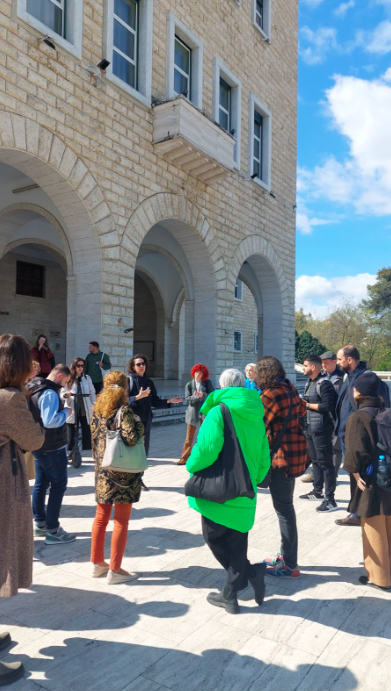
Fig. 8 – Starting the walk from the Faculty of Architecture and Urbanism, Tirana. Photo Holly Dale
Altogether, we had a walk from Mother Teresa Square to Skanderbeg Square, observing the main boulevard of Tirana, a colonial heritage from the Italian influence, one of the first attempts to give Tirana a western face through planning, and also the main axis of administrative buildings. From Skanderbeg square, groups were directed to the areas of study in Tirana and Kamza.

Fig 9 – Kombinat, Tirana. Foto Dorina Pllumbi
The participants had the chance to do their embodied explorations as a small group, while shooting urban situations that attracted their attention. They also had the chance to have conversations with inhabitants, members of communities, some spontaneous, and some set up beforehand.
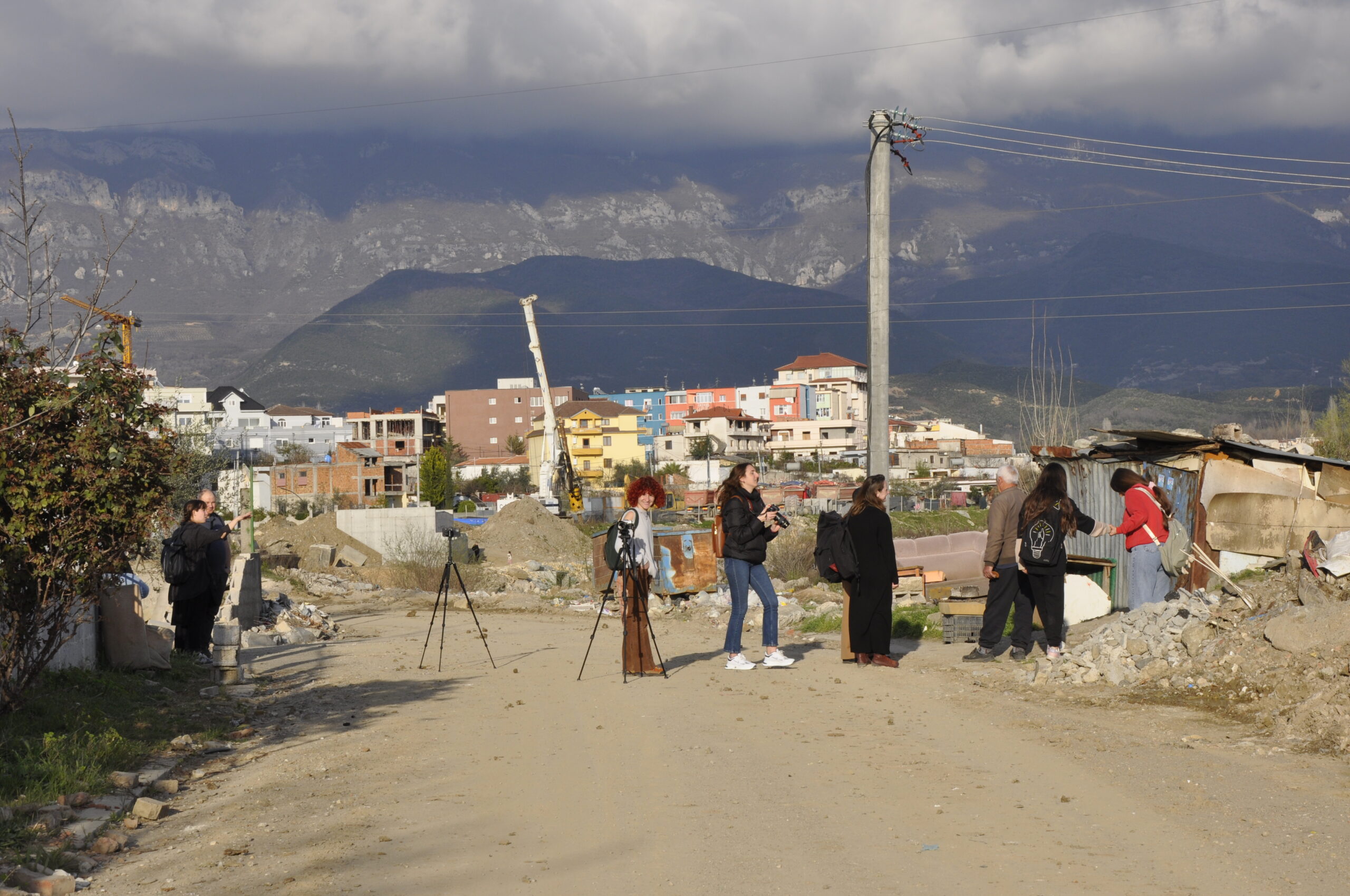
Fig 10 – Bathore, Kamza. Photo Büşra Dilaveroğlu

Fig 11 – Fieldwork encounters in Bathore, Kamza. Photo Büşra Dilaveroğlu
The material gathered intuitively and collaboratively made the basis for the short films to be edited in groups the next day. When asked on her personal and group experience of exploration Busra Dilaveroglu, one of the participants from Turkey that was part of one of the groups that explored the area of Bathore in Kamza, described it as below:
What often compelled me to explore and initiate recording in the city was the material language of structuralization. The unfinished, yet utilised buildings and half-finished urban landscapes where interior spaces transform into exterior spaces, and life continues to flow amidst destruction, all powerfully reflected Kamza’s urban language through the camera lens. However, during our group work, an incident we experienced in the field had a significant impact on shaping our final production. Through our discussions, we redirected our exploration towards the narrative of an actor who questions the existence of urban space, and based our recordings and editing choices on this narrative.
Büşra Dilaveroğlu, PhD Researcher in Architecture, Fatih Sultan Mehmet University, Turkey
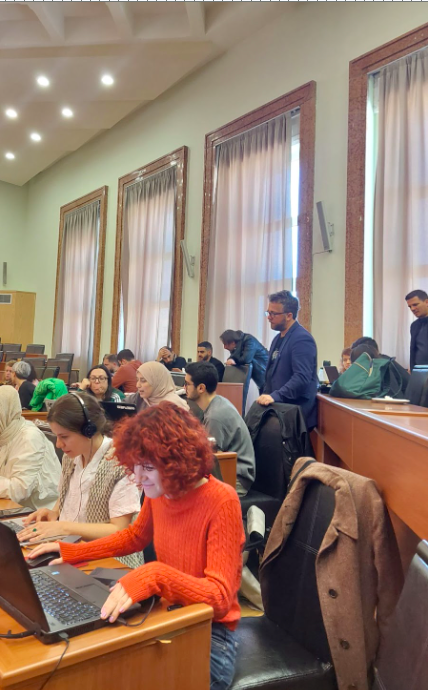
Fig 12 – Day three, editing of films at the Faculty of Architecture and Urbanism. Photo Holly Dale

Fig 13 – Klodiana Millona during fieldwork exploration. Photo Büşra Dilaveroğlu
Nama’a Qudah shares here experience on the method of walking and filming during her group exploration of the area of Pazari Ri in Tirana:
We started in the new bazaar, under the new canopy, and then moved from there to the surrounding neighbourhoods, without having a clear route or fixed plan, but rather allowed the urban setting to guide our path, and also the flows of people to move us with them. Because we were such a diverse group, the exploration was rich and eventful because each member relied on their intuition to guide us through different parts of the journey.
We also benefited from the differences in fields of expertise, giving each member the space to share their input, which I believe reflected positively on the film, through the editing process and the final outcome.
Nama’a Qudah, PhD researcher, Faculty of Architecture and Built Environment, TUDelft
Luísa Sol was part of the group that worked on the 5 Maji neighbourhood in Tirana:
I was and still am interested in commoning practices. And it was through this lens that I looked during my visit to the settlements on the 5th May. In addition to destroying those houses, relationships and ecosystems of personal interrelationships, based on sharing and interdependence, were also being destroyed.
Luísa Sol, Post-doc Researcher, CIAUD – Lisbon School of Architecture, University of Lisbon, Portugal
The third day was dedicated to editing. The participants worked intensively in groups to conceptualise the storyline of their films and to edit them. At the end of an intense day, after the sunset, we all had the pleasure to screen the films in an improvised set up in the courtyard of the building of the Polytechnic University of Tirana.

Fig 14 – Day three, screening of films, courtyard of the Polytechnic University of Tirana, Photo Holly Dale
It was a good moment of discussion and reflection on the experience of using the methods of walking and filming in groups in the city.
When looking to gain an understanding and question the ‘formal/informal’, film provided a great medium, as we could incorporate embodied explorations alongside interviews and other narratives. It was a medium which allowed complexity and contradictions to play alongside each other as often found in the urban realm.
Holly Dale, architect, Faculty of Architecture and Built Environment, TU Delft
On doing research-creation through film in group:
For me the most interesting part is the fact that in group we were distilling ideas quicker, and those reflected on the videos that were exhibiting at the end, building a whole idea of the dynamics and problematic situations that are happening in Tirana, Kamza, and Tirana versus Kamza, it was striking to me as well how much is built through local people’s images and constructed ideas over what a place is.
Elena Perez Guembe, PhD researcher, Faculty of Architecture and Built Environment, TUDelft
Local scholars that participated in the training school saw this as an opportunity to get to know understudied places like Kamza:
There were two different phenomena that I noticed. The first was the way people used common space as a private area (yard) in front of their own house but they allowed it to be used as a passage-way only by other neighbours to reach their homes. The second way was the use of the common space between the houses as a space to do a factory job (shoe-making) from home. All the cases that we encountered were women who mixed the job with household chores and the kids-raising in the same place while also creating a community that worked together. We were not able to use this for the movie because they did not agree to be filmed.
Edmond Pergega, lecture, Faculty of Architecture and Urbanism, Polytechnic University of Tirana
The fast pace of transformation to be noticed in several areas in Tirana and Kamza, where demolition co-exists with construction and practices of everyday life was described by Büşra Dilaveroğlu as below:
Witnessing the intertwined existence of demolition and construction processes and people’s resistance and denial in parallel shaped our work emotionally. Therefore, we developed our work by focusing on urban life and human relationships continuing between demolition and construction in the city. In a way, we brought out all this impressive photographic visual material without aestheticizing it. The striking presence of the images and the interweaving of human actors’ testimony allowed us to present denial and possibility within the same film.
Büşra Dilaveroğlu, PhD Researcher in Architecture, Fatih Sultan Mehmet University, Turkey
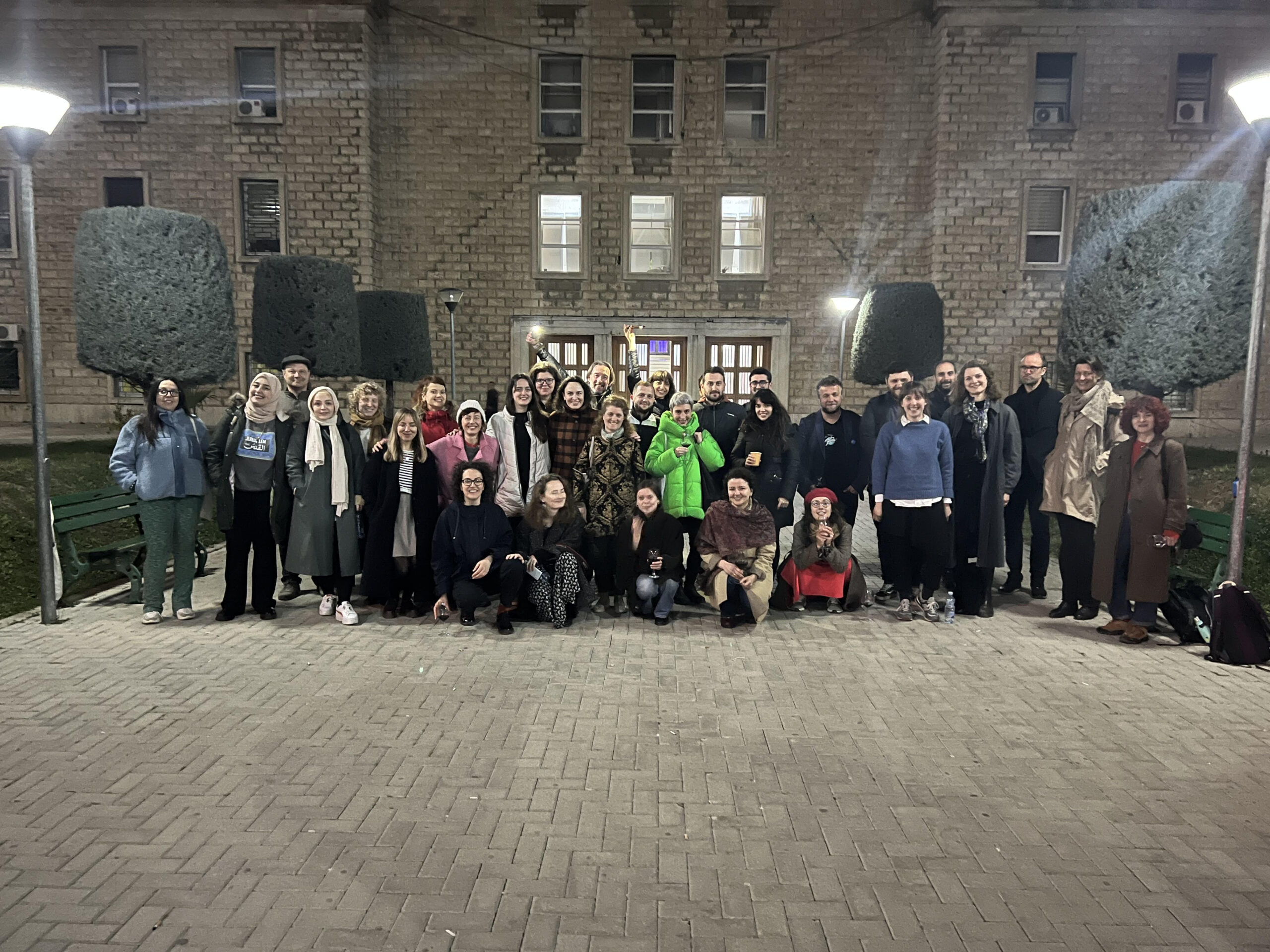
Fig 15 – Closing photo at the courtyard of the Polytechnic University of Tirana, Photo Aurora Birbilaj
The discussions opened up by the training school and its outcomes were well received in the local and regional context. Few days after the training school, the draft films were screened for a second time during an event held at the community centre of Grupi ATA, followed by a discussion of local scholars and activists. Some of the groups of participants continued with editing of their draft films produced during the training school. These films will be screened in a dedicated session of the yearly film festival Dokufest followed by discussions on the potential of film as a method of exploration of urban realities. The activity of the training school was reported by Citizens Channel, a local media that promotes citizen journalism. Artes, a show on culture and arts produced by the cultural journalist and critic Elsa Demo broadcasted on the national Albanian Radio Television RTSH, dedicated an episode to the training school organised in Tirana and Kamza by Writing Urban Places.
Check for more impressions also the following YouTube links:
International participants (18):
Klaske Havik (lecturer), Tom Avermaete (lecturer), Saara Mildeberg, Viktoriia Grivina, Nama’a Qudah, Luísa Sol, Amer Obied, Büşra Dilaveroğlu, Elina Alatalo, Klodiana Millona, Holly Dale, Agata Kochaniewicz, Blagoja Bajkovski, Niculae lorin, Alina Cristea, Elena Perez Guembe, Luna Salamon, Filip Jovanovski
Local participants (19):
Blerta Zeqiri (trainers), Eroll Bilibani (trainers), Nebi Bardhoshi (lecturer and trainer), Arba Bekteshi (lecturer and trainer), Denada Veizaj (lecturer), Gjergji Islami (lecturer), Nebih Bushaj, Ronald Qema, Pavjo Gjini, Elsa Paja, Edmond Pergega, Irvi Cela, Sidorela Vatnikaj, Edison Lika, Fation Kryeziu, Brikena Smajli, Antonela Pepkolaj, Klodjan Gjonpalaj, Anna Kondi
Organizing team:
Dorina Pllumbi, PhD researcher TUDelft
Diana Malaj, PhD researcher Graz University
Willie Vogel, architect and researcher TUDelft
Communication:
Citizens Channel (local media)
Nyje.al (local media)
Artes by Elsa Demo, RTSH (Albanian National TV)
Willie Vogel
Holly Dale